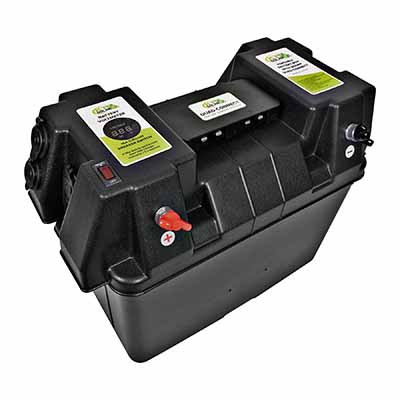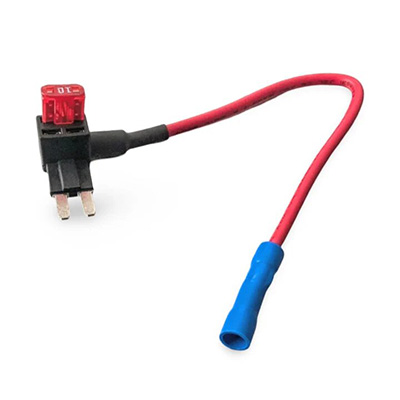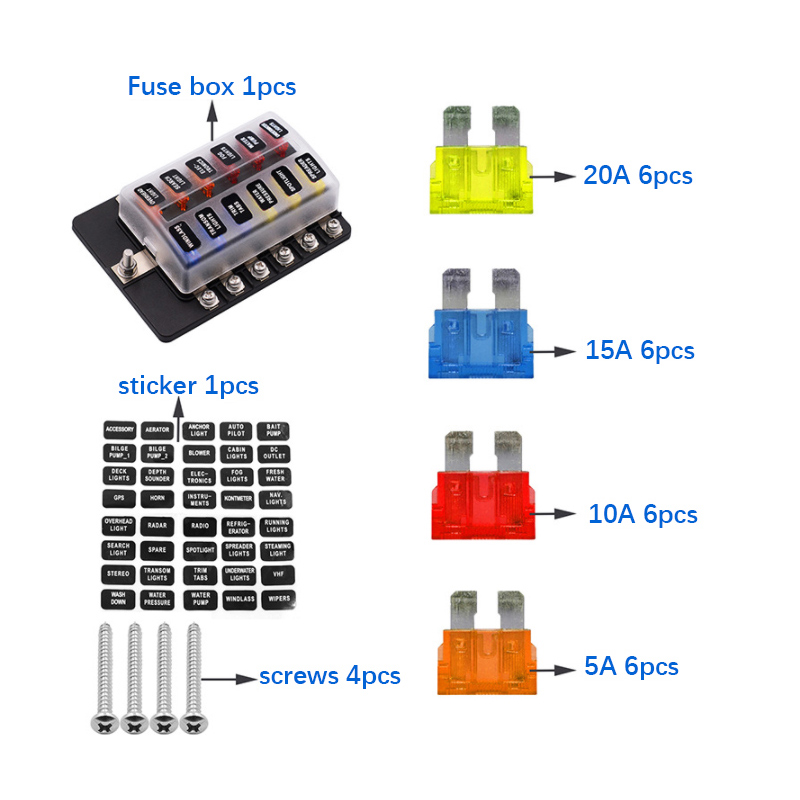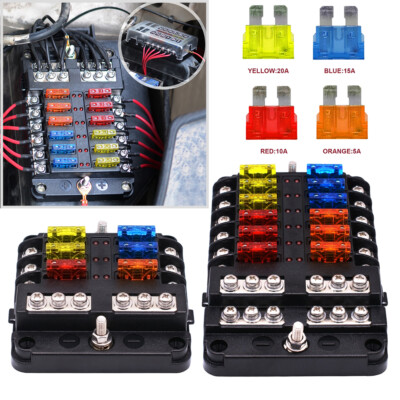Comprehensive Cost Analysis of Automotive Battery Boxes: OEM, Aftermarket, and Custom Variants
News 2025-10-20
Car battery boxes play a critical role in vehicle safety and performance, safeguarding the battery from environmental hazards and ensuring reliable operation. In the automotive sector, options range from OEM (Original Equipment Manufacturer) to aftermarket and custom solutions, each with distinct cost implications. This article examines these choices, focusing on pricing differences, ideal applications, and performance benefits to help buyers select the best fit for their needs. By comparing costs, readers can weigh factors like durability, compatibility, and specialized features against budget constraints.

OEM Battery Boxes: Standard Quality and Reliability
OEM battery boxes are designed and manufactured by the vehicle’s original producer, ensuring perfect integration and high standards. Typically costing between $50 and $200, these units excel in new vehicle assemblies or replacements where exact specifications are required. In application scenarios such as fleet management or warranty-covered repairs, OEM options provide superior performance advantages, including enhanced corrosion resistance and precise fitment that minimize installation issues and extend battery life.
Aftermarket Battery Boxes: Affordable Alternatives with Flexibility
Aftermarket battery boxes, produced by third-party suppliers, offer a cost-effective range of $20 to $100, making them popular for maintenance and upgrades. These are ideal for scenarios like DIY repairs or older vehicles where budget is a concern. Performance benefits include a variety of materials and designs that can improve weight reduction or add features like better ventilation, though quality may vary, requiring buyers to select reputable brands for optimal durability and compatibility.
Custom Battery Boxes: Tailored Solutions for Specific Needs
Custom battery boxes, priced from $100 upwards depending on complexity, are crafted for unique requirements such as electric vehicle conversions or high-performance applications. They shine in specialized contexts, like racing or custom builds, where standard options fall short. Key performance advantages include optimized aerodynamics, advanced materials for weight savings, and enhanced thermal management, providing superior protection and efficiency tailored to individual specifications.
1. What factors influence the cost of a car battery box?
The cost is affected by material quality, manufacturing source, and customization level. OEM units are pricier due to brand standards, while aftermarket and custom options vary based on features and production scale.
2. How do performance benefits differ across these options?
OEM boxes offer reliable fit and longevity; aftermarket ones provide cost savings and variety; custom boxes deliver specialized enhancements like better heat dissipation for high-demand uses.
3. When is a custom battery box worth the investment?
It’s ideal for non-standard applications, such as modified vehicles or extreme conditions, where custom designs improve safety and efficiency, justifying higher costs with long-term gains.


